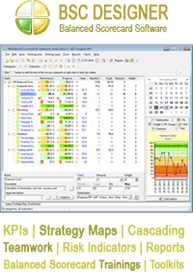360 degree feedback 4 ideas and conclusion
- A combination of qualitative and quantitative data. Figures are precise. However, often, figures cannot evaluate certain things. Qualitative comments are the most helpful part of the entire feedback process. Yes, figures will identify strengths and weaknesses. Comments will supplement this data though.
- Major survey items types include those related to company values, mission and strategy and competencies and well as expectations shared by everyone in the company, from CEO to a frontline manager. At that, some items or their perception, to be exact, can vary. For example, interpersonal skills may have a different meaning for sales managers and senior management and CEOs.
- Major 360 feedback categories include: interpersonal, character, building talent, innovation, motivation and leadership, execution. Each category is assessed throughout various company levels: lower, middle and upper. Lower levels focus on achieving team goals and cooperation between team members. Mid-level is responsible for resolution of conflicts and setting of clear and achievable goals. Upper levels deal with coordination of different business units and strategy development.
- Common mistakes in implementation of a 360 degree feedback system include: assessment items that do not fit, lack of communication, lack of alignment with company strategy, values and mission, lack of trust or fear, inadequate planning, no follow up etc. It is important to make sure appropriate survey items are used, and evaluation results are presented in an adequate manner since many employees get aggressive or irritated upon receiving negative feedback. Of course, all surveys are conducted on purpose, i.e. obtained data should be used in planning further activities and improving existing ones.
Learn more about 360 degree feedback.
Conclusion
All managers should bear in mind that an inappropriately implemented 360 feedback assessment can backfire, i.e. result in serious communication and psychological problems within the company. Lack of trust among employees and managers is what causes performance declines. Therefore, this personnel assessment type should be taken seriously!
Lots of employees would offend if their performance is rated less than perfect. Thus, managers should think of the ways to present this information in a delicate way and encourage them to perform better. Personnel assessment should never be started unless managers in charge have a comprehensive plan, tools to collect and analyze information and a clear strategy on use of obtained data. Once 360 degree assessment system becomes a part of a company everyday routine, it starts yielding positive results.
- Learn more about 360 degree feedback.


